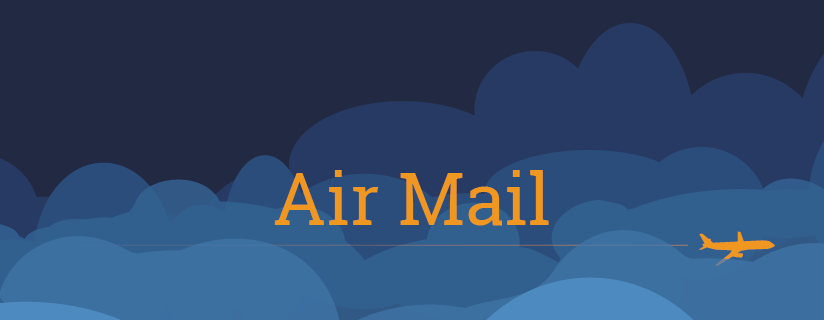
I would like to commend AeroSafety World for publishing an article (ASW, 11/14) related to the use of holdover time (HOT) guidelines. This article will undoubtedly reach individuals and organizations which may not have had access to typical channels to obtain information relating to winter operations.
I would like to [also correct] some inaccuracies within this article which, I believe, are worth highlighting. Transport Canada (TC) and the U.S. Federal Aviation Administration (FAA), in addition to fluid manufacturers, fund the research toward the publication of these guidelines. Only the FAA and TC publish these guidelines annually. Any derivation of these tables is initially sourced from our agencies’ respective documents.
The SAE G-12 Aircraft Ground Deicing committee serves the FAA and TC as a conduit to industry to share our research work and advise industry of upcoming changes to our HOT guidance. SAE does not publish HOT guidelines.
The standards that are developed via the SAE G-12 can be developed and reviewed by all its members and [participation] is not just limited to regulating agencies. I must stress that it is via the breadth of expertise and various backgrounds of our contributing members that many of the new and existing standards are of respectable quality and reliability.
The information [that ASW attributed to SKYbrary] is misleading. Although the Association of European Airlines and many other organizations, including commercial operators, publish their own HOT guidelines, they all source their tables from those that are published by TC and the FAA.
It is worthwhile [also for ASW readers to note, independent from the HOT guidelines,] that liquid water equivalent systems (LWES), check-time determination systems (CTDS) and holdover time determination systems (HOTDS) calculate more precise holdover times via regression data that is obtained and published by TC and the FAA.
These views are those of TC Commercial Flight Standards, the group responsible for the annual publication of the Canadian Holdover Time Guidelines.
Yvan Chabot
Flight Technical Engineer
Flight Technical & Operator Certification Standards
Transport Canada
Co-chair|SAE G-12 HOT Hold-over Testing Committee
(Editor’s note: ASW welcomes TC’s correction and willingness to provide technical expertise and authoritative updates for future coverage of this subject.)
AeroSafety World encourages comments from readers, and will assume that letters and e-mails are meant for publication unless otherwise stated. Correspondence is subject to editing for length and clarity.
Write to Frank Jackman, director of publications, Flight Safety Foundation, 801 N. Fairfax St., Suite 400, Alexandria, VA 22314-1774 USA, or e-mail <jackman@flightsafety.org>